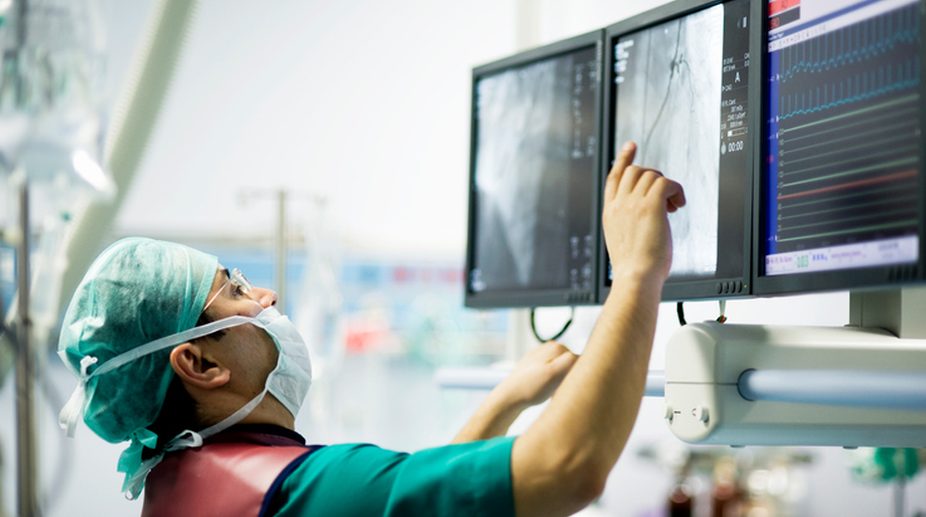Odisha struggling with shortage of doctors
The national average of doctor-population ratio stands at 1: 811 while the World Health Organization's prescribed norm specifies the posting of one doctor for 1,000 people.

Representative image (Photo: Getty Images)
Scientists in Britain have developed a camera that can help doctors see through the human body.
Designed to help doctors track medical tools known as endoscopes that are used to investigate a range of internal conditions, the new device can detect sources of light inside the body, such as the illuminated tip of the endoscope’s long flexible tube, according to a study published in the journal Biomedical Optics Express.
Advertisement
“This is an enabling technology that allows us to see through the human body. It has immense potential for diverse applications such as the one described in this work,” said Kev Dhaliwal, Professor at University of Edinburgh in Scotland.
Advertisement
“The ability to see a device’s location is crucial for many applications in healthcare, as we move forwards with minimally invasive approaches to treating disease,” Dhaliwal added.
Until now, it has not been possible to track where an endoscope is located in the body in order to guide it to the right place without using X-rays or other expensive methods
Light from the endoscope can pass through the body, but it usually scatters or bounces off tissues and organs rather than travelling straight through.
This makes it nearly impossible to get a clear picture of where the endoscope is.
The new camera takes advantage of advanced technology that can detect individual particles of light, called photons.
Experts have integrated thousands of single photon detectors onto a silicon chip, similar to that found in a digital camera.
The technology is so sensitive that it can detect the tiny traces of light that pass through the body’s tissue from the light of the endoscope.
It can also record the time taken for light to pass through the body, allowing the device to also detect the scattered light.
By taking into account both the scattered light and the light that travels straight to the camera, the device can work out exactly where the endoscope is located in the body.
In early tests, the prototype device could track the location of a point light source through 20 centimetres of tissue under normal light conditions, the study showed.
Advertisement